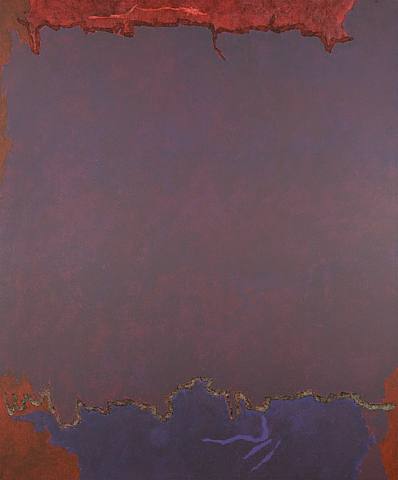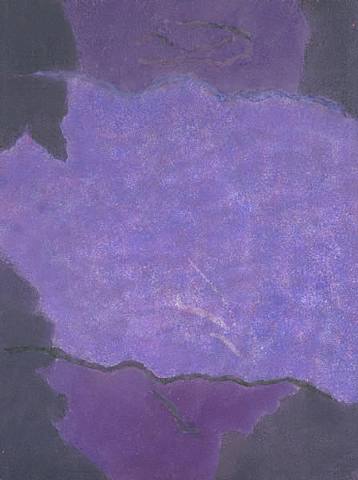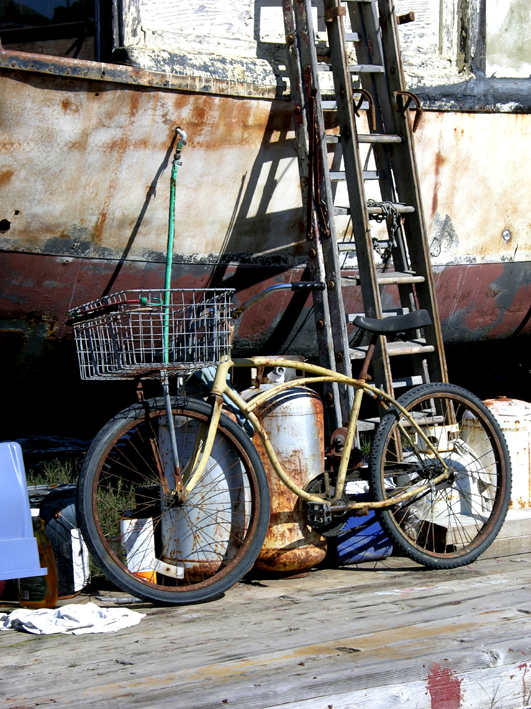Beginning in 1962, he created several long series of paintings; many of these contained sub-series. The Sun-Box series, begun in 1962, explored hard-edged geometries on flat grounds. After 1971, all of his paintings were part of the Infinity Field series. These abstractions are characterized by broad areas of colour delineated by slim lines or shape. Among the Infinity Fields are the Lefkada sub-series, inspired by the Greek island where Stamos spent much of his time from 1970 until his death. I think the influence of the 'colour field' works of his friend Mark Rothko is evident in these works.
He taught at Black Mountain College from 1950 until 1954 and from 1955 to 1975 he taught at the Art Students League of New York and the Cummington School of Fine Arts. Stamos was also a member of the Uptown Group. A year before his death he donated 43 of his works to the National Gallery of Greece. He died in 1999 and is buried in Lefkas, Greece.
1969 Homage to Milton Avery, Sun-Box III
1970 Transparent Green Sun-Box
1971 Untitled, Infinity Field
1973 Infinity Field, Knossos Series
1978 Infinity Field (HH/TS/7)
1978 Infinity Field, Lefkada Series #2
1978 Infinity Field, Lefkada Series #5
1979 Untitled II screenprint
1979 Untitled V screenprint
1979 Untitled VI screenprint
1980 Infinty Field, Lefkada Series (purple)
1982 Infinity Field, Lefkada Series
1982-83 Infinity Field
1983 Infinity Field, Lefkada Series
1983 Infinity Filed, Jerusalem Series
1985 Infinity Field, Jerusalem Series, 3rd Letter
1986 Edge of Burning Bush
1986 Infinity Filed, Torino Series #7























































